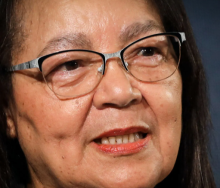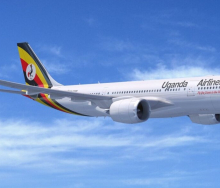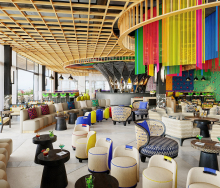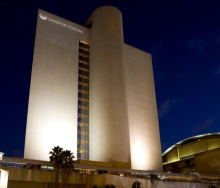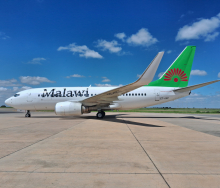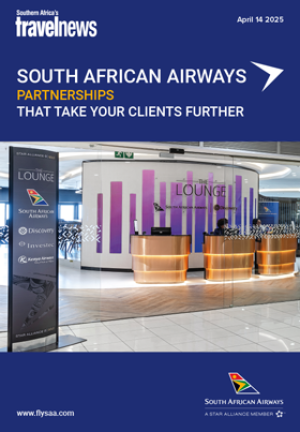Oceania Cruises is taking a fresh approach to luxury, attempting to break away from stereotypes while given its target customer base more freedom to make their own choices.
“In many minds, both B2C and B2B, luxury means all-suite, all-inclusive – while luxury hotels are not all-suite and all-inclusive,” says Riet Goetschalckx, Sales Director for EMEA for Oceania Cruises. “It’s a perception unique to the cruise industry.”
With its mid-sized ships that can access smaller ports, a high staff-to-passenger ratio and a focus on cuisines, Oceania is targeting a market that wants a relaxed sense of luxury, without being told how to cruise. “We want to position ourselves as the entry level into luxury,” she says.
The cruise line has rolled out Starlink WiFi fleetwide, and offers a range of restaurants and onboard activities, all included in the package. Alcoholic beverage and shore excursions remain optional and are not included. Goetschalckx says this provides guests with peace of mind, as they know their budget but at the same time they don’t have to follow a set programme. “They don’t have to take an excursion every day. Maybe they want to stroll around Portofino, shop and drink a glass of wine – it’s their choice.”
Longer cruises, more discovery
As previously reported by Travel News, longer cruises continue to grow in popularity, along with a big focus on destination discovery. “Our itineraries are planned to have a port every day because our clients want to experience, discover and learn,” she adds.
In terms of destinations, Oceania has noticed a strong interest from South Africans for Japan and Iceland. “Iceland is quite the thing right now – not just in South Africa, but globally. And Japan is so easy – you don’t have to take different trains and you get the same bed and guaranteed food quality throughout,” says Goetschalckx.
Shifting local market
Marco Cristofoli, CEO of Cruises International, sales partner for Oceania in South Africa, says he’s noticed a shift in demand since the pandemic, with more late bookings and a new generation of cruise clients. “Traditionally, we booked eight to 18 months out. Now we see a lot of last-minute bookings and the challenge is that, by then, the ships are full.”
He says South Africans are showing a keen interest in world cruises – and Goetschalckx, in agreement, says South Africa is one of the strongest markets in terms of world cruise demand in her region, along with Spain. Cristofoli says many of these passengers are in their 40s and still working, but are able to do so remotely due to Oceania’s Starlink WiFi.
Another market showing potential is MICE and groups. Cristofoli says, generally speaking, this market prefers shorter four- or five-night cruises to destinations like Asia. “If you can only be out of the office for a week, these four- to five-day Asia sailings are great – and some have no visa requirements,” he adds. While Oceania has traditionally focused on longer sailings, it has also now launched seven-night itineraries in the Mediterranean for 2026 to cater for the needs of a younger demographic.


